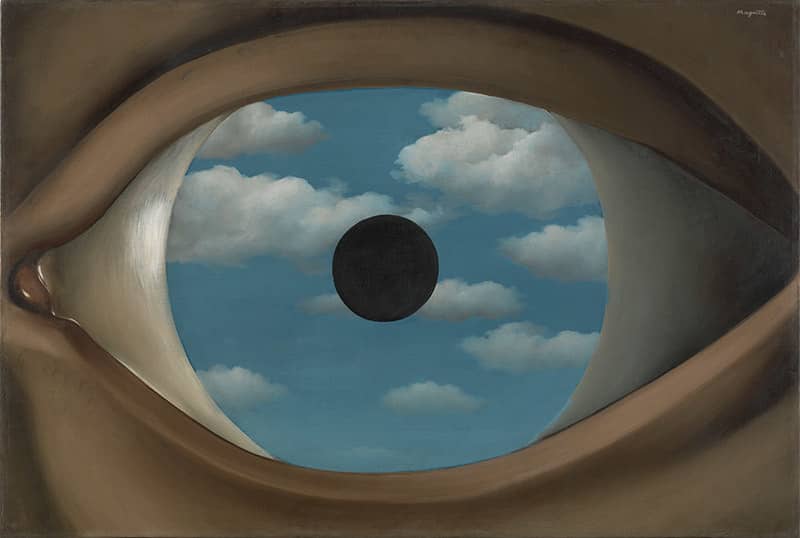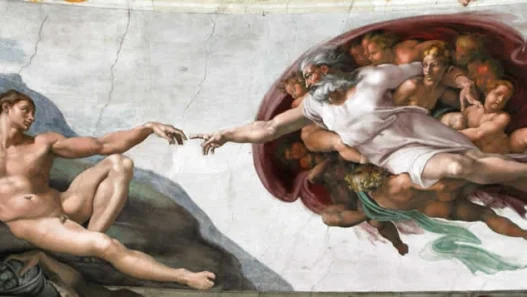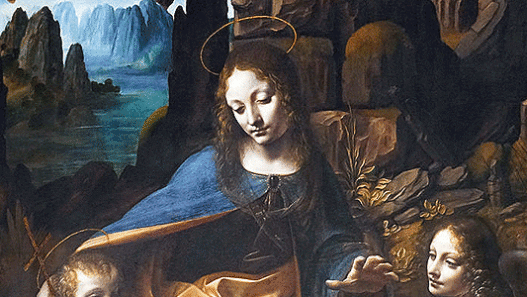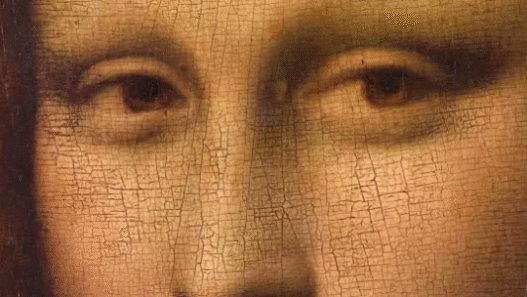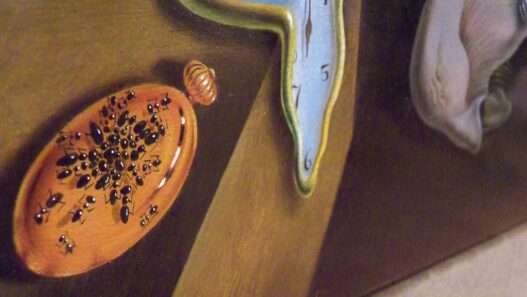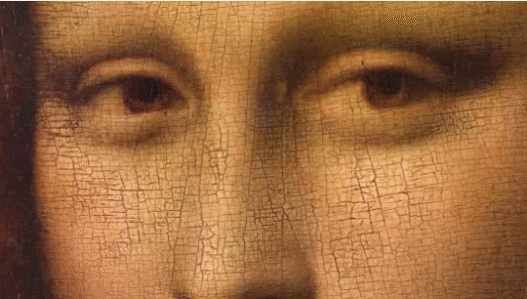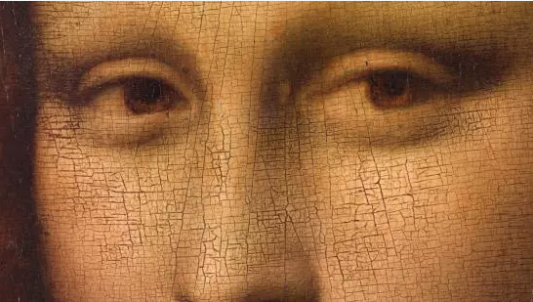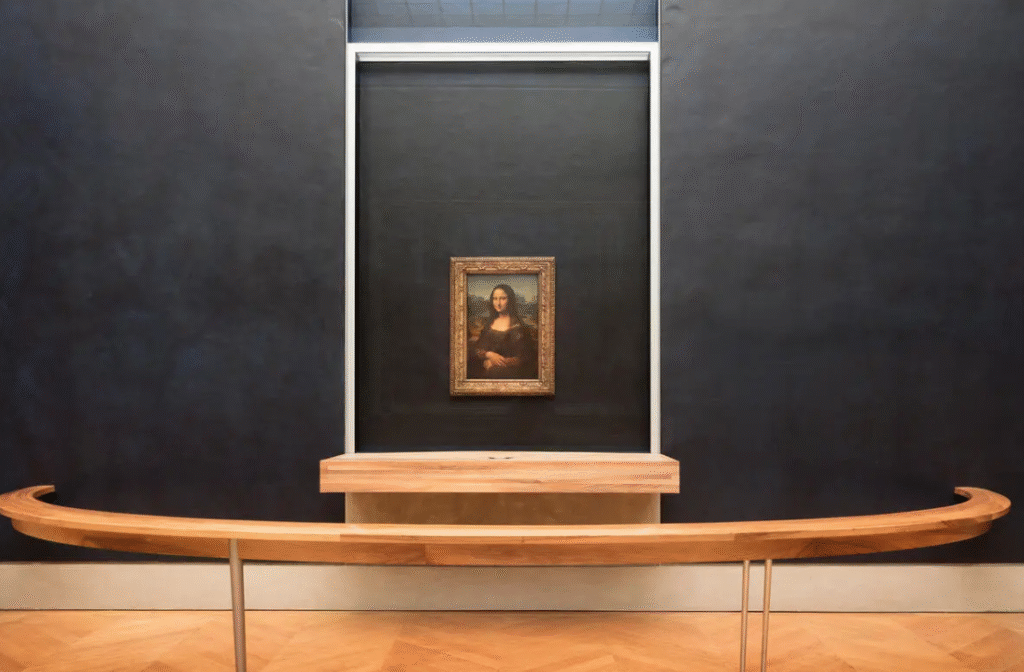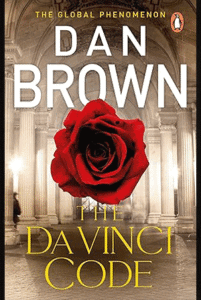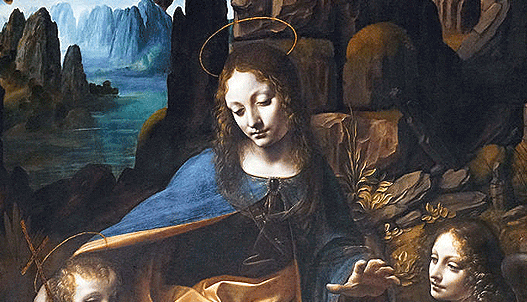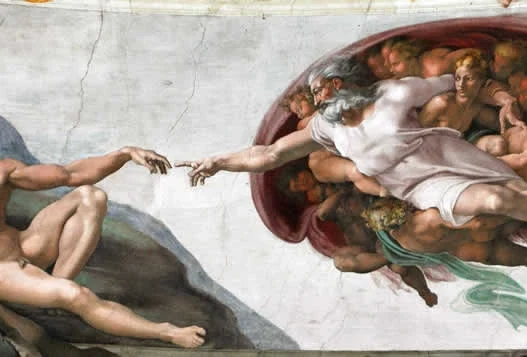For over five centuries, the Mona Lisa has smiled her way through every interpretation imaginable.
Muse, mystery, masterpiece. Yet beneath the varnish of reverence lies a question rarely asked: What if the very symbols that made her iconic are the same ones that broke her?
Symbolism that “broke” Da Vinci while painting the Mona Lisa
The Pursuit of Perfection – Da Vinci’s obsession with anatomical precision and ideal beauty pushed him to seek a balance between reality and divinity. Every detail, from the soft transitions of sfumato to the mathematical proportions, became an impossible quest for flawlessness that consumed him.
The Duality of Emotion – The famous smile symbolises the tension between joy and melancholy, life and mystery. Da Vinci wanted to capture not a single emotion, but the entire spectrum of human feeling, a psychological paradox that defied completion and drove his endless revisions.
The Harmony Between Humanity and Nature – The surreal landscape behind her reflects Leonardo’s belief that humans and nature are one. Yet blending them into perfect harmony exposed his greatest struggle: reconciling the scientific with the spiritual, reason with wonder, a conflict that defined and tormented his genius.
The Smile That Wasn’t Meant to Be Understood
Leonardo da Vinci’s genius wasn’t in creating a perfect woman, but in crafting an enigma that could never be solved. Her faint smile is half serene, half mocking and has been dissected by neurologists, poets, and computer algorithms alike.
It represents not clarity, but contradiction.
The world demanded an answer Leonardo never intended to give.
Painting DaVinci Technique -Sfumato
The Symbolic Louvre
The Mona Lisa finds her eternal home in the Louvre Museum in Paris, the world’s most visited museum and a global symbol of art and culture. Displayed behind bulletproof glass in a climate-controlled case, Leonardo da Vinci’s masterpiece sits in the Denon Wing’s Salle des États, drawing millions of visitors each year.
Her small size surprises most who see her in person, just 30 by 21 inches, yet the energy in the room is electric, as people from every corner of the world gather for a fleeting glimpse of that elusive smile. The Louvre itself, once a royal palace, has become synonymous with artistic immortality, and within its vast halls, the Mona Lisa reigns as its quiet, smiling queen.
The Louvre stands as a beacon of intellectual curiosity and cultural preservation.
Its vast collection, spanning ancient civilisations to modern masterpieces, represents the human pursuit of truth, beauty, and meaning.
The glass pyramid at its entrance, designed by I.M. Pei, is a modern symbol of transparency, light, and clarity.
Its geometric perfection and alignment evoke the balance between science and art, past and present.
In this way, the Louvre symbolises the enlightened human spirit, always seeking to understand and elevate itself through creativity.
Eyes That Follow Us
Those eyes, softly shadowed, slightly asymmetrical, have been called hypnotic. But their power lies in their paradox. They follow you, not because they move, but because Leonardo painted with perspective so fluid that the viewer completes the illusion.
She doesn’t watch you; you watch yourself in her.
It’s a metaphor for how we consume art today. We stand before masterpieces and search for validation, not understanding. The gaze of the Mona Lisa broke under centuries of attention, transforming from observation to obsession.
The painting stopped being a work of art and became a psychological mirror — the most famous Rorschach test in history.
The Background That Doesn’t Belong
Few notice how strange the landscape behind her truly is. Rivers twist without logic, mountains rise from nowhere, and roads lead into clouds. The world behind La Gioconda is not Earth, but a dreamscape, symbolic of human invention, not reality.
It’s Leonardo’s quiet rebellion. He painted a woman of flesh before a world of impossibility. In doing so, he whispered that art is not about imitation, but imagination.
Over time, though, that message fractured. Her surreal backdrop was ignored in favor of her smile, her fame, her theft, her memes. The symbolism that once elevated her became noise.
The Theft That Made Her Immortal
When the Mona Lisa was stolen in 1911, she went from admired to worshipped. Ironically, her absence gave her presence meaning. Crowds came not to see the painting, but the empty wall, a shrine to loss, myth, and madness.
The world didn’t want Mona Lisa back because she was beautiful. They wanted her back because she was missing.
In that, she became the ultimate symbol of fame devouring authenticity, the art world’s first victim of viral obsession.
Uninspiring Modern Adaption – The Da Vinci Code (2006)
The film presents an intriguing, if unnecessarily tangled, story, yet the plot unfolds predictably and formulaically. Dialogue and performances feel restrained, almost simplified, as if the adaptation is catering to the broadest possible audience, ultimately dulling what could have been a compelling narrative.
Peak Cinematic Symbolism
The Robert Langdon film series, based on Dan Brown’s novels, presents a journey through art, history, and conspiracy. While each installment has its merits, they vary in execution and reception.
Often regarded as the most engaging of the trilogy, Angels & Demons offers a faster-paced narrative with heightened suspense. Critics have noted its improvement over its predecessor, The Da Vinci Code, despite some implausible elements. Roger Ebert praised the film’s focus and lack of a complicated agenda, making it more accessible and entertaining
The Symbol That Broke Herself
Today, the Mona Lisa sits behind bulletproof glass, climate control, and selfie sticks. She is untouchable, and, perhaps, unreachable.
The symbolism that made her timeless, mystery, mastery, humanity that also imprisoned her. She’s no longer a portrait but an icon, no longer a woman but a myth too valuable to be seen clearly.
And maybe that’s Leonardo’s final joke: that the greatest symbol of art was always meant to be misunderstood, that her smile was never meant to reveal truth, but to reflect the tragedy of our endless need to find it.
